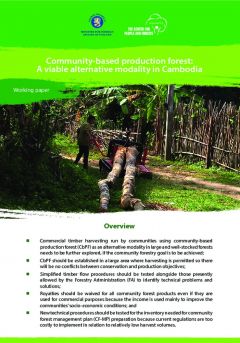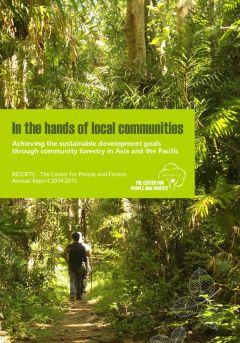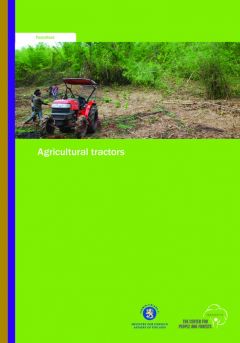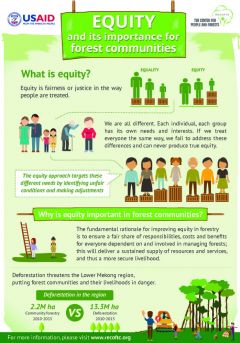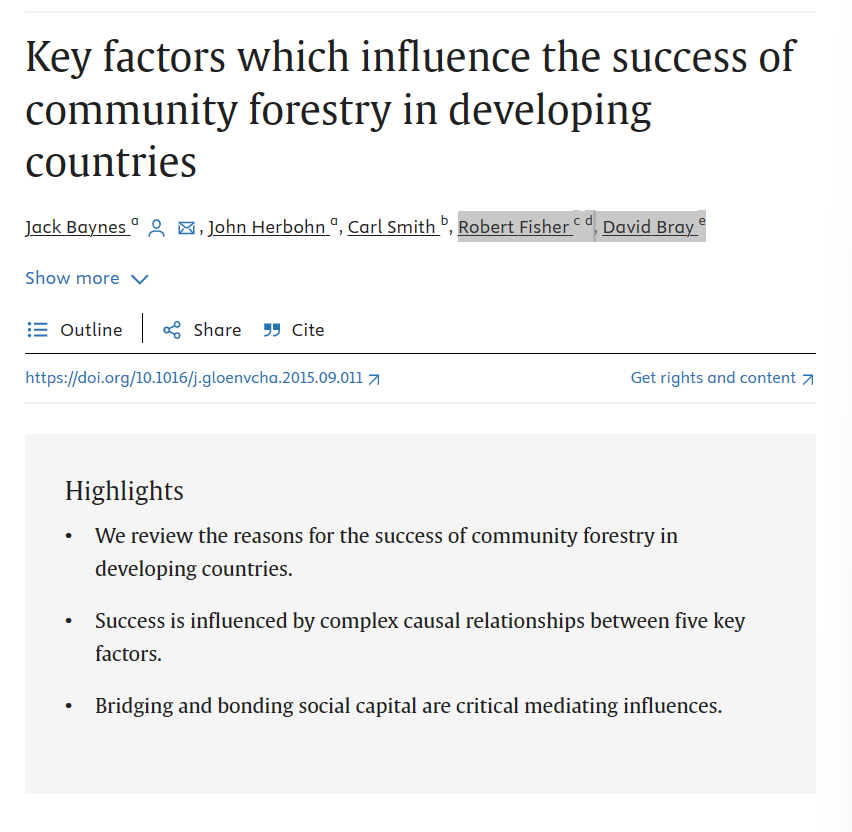Community-based Production Forest: A Viable Alternative Modality in Cambodia
This brief summarizes the different approaches for the forest inventory needed for the community forestry management plan (CF-MP) were tested to compare their accuracy and efficiency. These approaches included: a) the official method envisioned in the national community forestry guidelines, b) a new type of plot layout called the K-tree method and c) the use of the diameter at breast height (DBH) to height relationship method.

